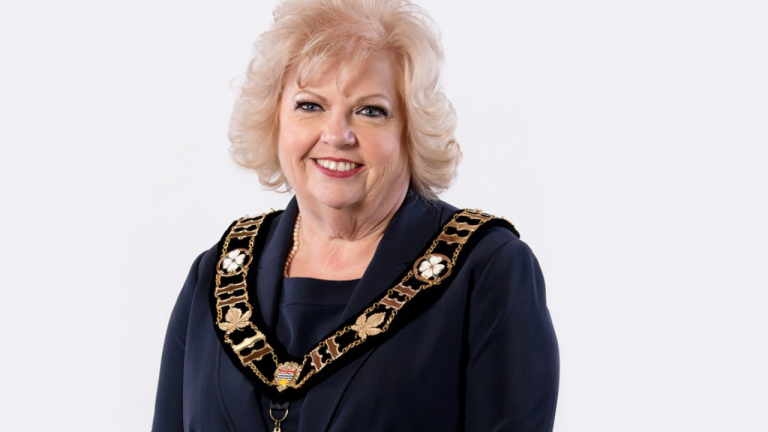![thumbnail[1]](https://shine-magazine.com/wp-content/uploads/2024/04/shine-magazine.com-the-pure-plate-how-the-farm-to-table-movement-is-revolutionizing-eating-thumbnail1-1-jpeg.webp)
The ‘Farm-to-Table’ movement is not just a fleeting trend, but a revolutionary shift in the way we think about and consume our food. This movement emphasizes the connection between farmers, chefs, and consumers, promoting a system where food is sourced locally and sustainably, ensuring freshness and supporting local communities. In this article, ‘The Pure Plate: How the Farm-to-Table Movement is Revolutionizing Eating,’ we explore the philosophical roots of the movement, its key proponents, and the transformative journey of ingredients from soil to plate.
Key Takeaways
- The Farm-to-Table movement is deeply rooted in history and has been significantly shaped by figures such as Liz Carlisle, who emphasizes the importance of soil health and sustainable farming practices.
- Key voices like Mollie Englehart advocate for consumer empowerment in the food system, suggesting that individual purchasing decisions can drive change towards ethical and sustainable food production.
- Chefs like Stephanie White are pivotal in the Farm-to-Table transition, bringing a philosophy of connectedness and sustainability from their agricultural backgrounds to the culinary world, influencing menus and dining experiences.
Understanding the Farm-to-Table Philosophy

The Roots of the Movement: A Historical Perspective
The farm-to-table movement isn’t a modern fad—it’s a renaissance of age-old practices. The 1960s counterculture sparked a food revolution, aiming to transform society through sustainable food systems. This era birthed pivotal initiatives:
- Back-to-the-land communes
- Food co-ops
- The inaugural Earth Day
- Grassroots organizations like the National Farm Worker’s Association
These efforts sought to democratize food, making it a cornerstone of community and environmental health. The movement radicalized food as a tool for change, yet its broader revolution stumbled. > The vision was clear: an ecological utopia where balance and food consciousness reigned. Despite individual successes, the collective dream faltered, leaving us to ponder the lost potential of their early warnings.
Key Figures and Voices: Liz Carlisle and Mollie Englehart
Liz Carlisle and Mollie Englehart stand as pivotal figures in the farm-to-table movement, each bringing unique perspectives and transformative actions to the table. Liz Carlisle, an Assistant Professor at UC Santa Barbara, weaves academic insight with agricultural experience, advocating for sustainable farming practices. Her work, including the influential book ‘Healing Grounds’, underscores the importance of regenerative agriculture in healing our food systems.
Mollie Englehart, a chef and farmer, embodies the hands-on spirit of the movement. Her mantra, ‘We are the ones we have been waiting for’, empowers consumers to make conscious choices. Englehart’s journey from music and poetry to running a farm-centric restaurant illustrates the profound connection between food, culture, and personal growth.
- Sustainable Practices: Liz Carlisle’s academic and field work promotes soil health and biodiversity.
- Consumer Empowerment: Mollie Englehart champions the power of consumer choices in shaping the food industry.
- Cultural Connection: Both figures highlight how food serves as a bridge between tradition and innovation.
Food and identity intertwine through historical, social, and personal narratives. Cuisine reflects culture, history, and community, offering a journey of discovery and connection with local traditions and flavors.
The Culinary Journey: From Soil to Plate

Chef Stephanie White’s Farm-to-Table Transition
Chef Stephanie White’s path to the farm-to-table ethos is a testament to the transformative power of food. From a New England organic farm to the bustling kitchens of diverse culinary establishments, her journey encapsulates the essence of the movement. As a Chef Instructor at the Auguste Escoffier School of Culinary Arts, she not only practices but also imparts the farm-to-table philosophy through meticulously designed curricula.
- Embracing local produce
- Prioritizing sustainable methods
- Fostering a connection between the diner and the land
These are the pillars that define her culinary approach. The 30-day Whole Foods Challenge she promotes is a reflection of her commitment to homemade, whole food delights. This initiative encourages better health and culinary creativity, advocating for meals crafted from scratch for enhanced nutrition and personal taste.
The journey from soil to plate is not just about the ingredients; it’s about the story they tell and the community they build.
Conclusion
The farm-to-table movement is more than a trend; it’s a transformative force reshaping our relationship with food. From the passionate teachings of Liz Carlisle to the culinary innovations of Chef Aaron Allen, we see a collective drive towards a more ethical, sustainable, and transparent food system. This movement is a testament to the power of informed consumer choices and the profound impact of local sourcing on communities and the environment. As we’ve explored through the voices of chefs, farmers, and activists, the pure plate is not just about the freshness of ingredients but also about the integrity of the journey from soil to fork. It’s a vision of eating that honors the land, supports local economies, and nourishes our bodies and souls. The farm-to-table revolution is a reminder that every meal is an opportunity to make a positive change, and indeed, we are the ones we have been waiting for to make this change a reality.
Frequently Asked Questions
What is the farm-to-table movement?
The farm-to-table movement is a culinary and social movement that promotes serving local food at restaurants and schools, preferably through direct acquisition from the producer. It emphasizes a sustainable and ethical approach to food production and consumption, aiming to reduce the carbon footprint, support local farmers, and provide fresh, seasonal produce to consumers.
Who are some key figures in the farm-to-table movement?
Liz Carlisle, an Assistant Professor at UC Santa Barbara and author of ‘Healing Grounds,’ and Mollie Englehart, a chef and farmer, are notable figures in the movement. They advocate for a sustainable food system and the importance of consumer choices in supporting ethical farming practices.
How are chefs contributing to the farm-to-table movement?
Chefs like Stephanie White and Aaron Allen are pivotal in the farm-to-table movement by incorporating locally-sourced ingredients into their menus. They collaborate with local farmers, design menus based on seasonal availability, and educate consumers about the benefits of eating locally and sustainably.







1 thought on “The Pure Plate: How the Farm-to-Table Movement is Revolutionizing Eating”
Comments are closed.